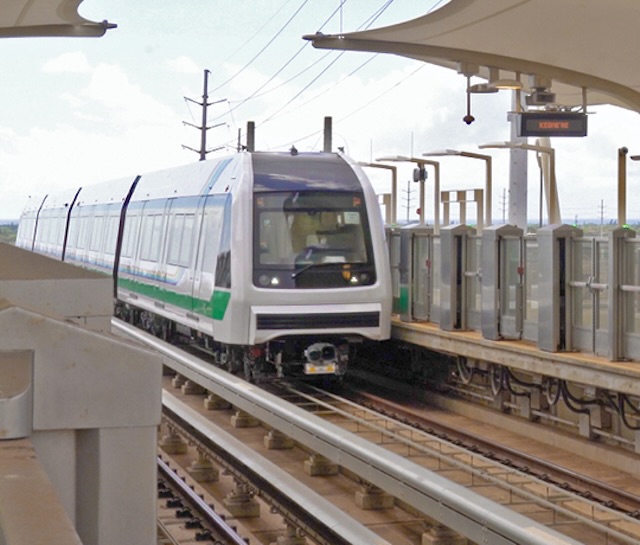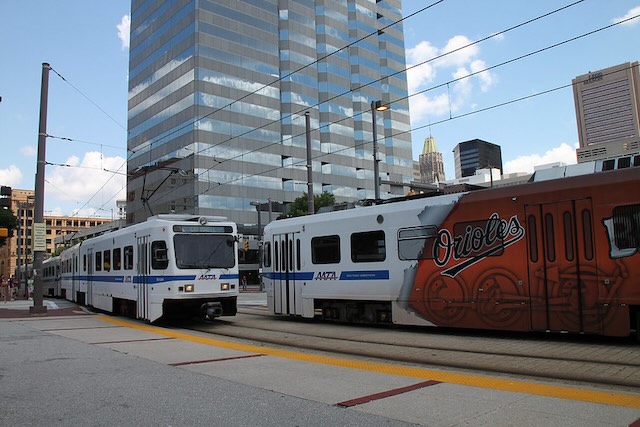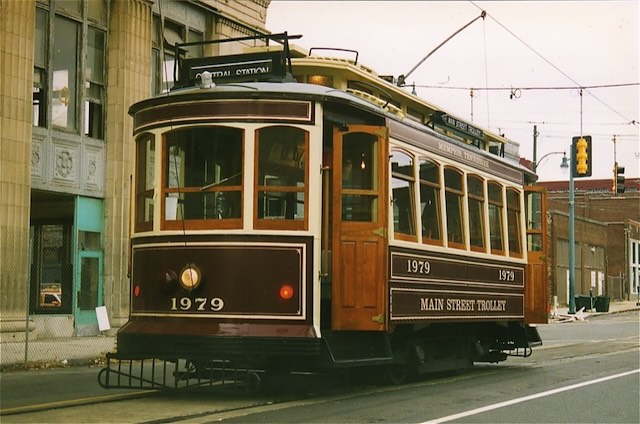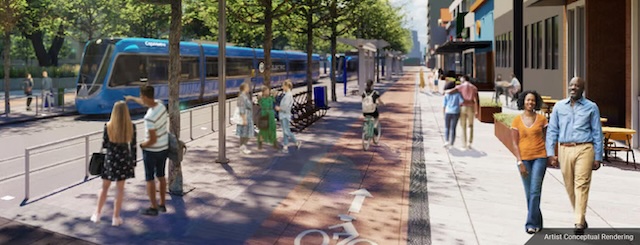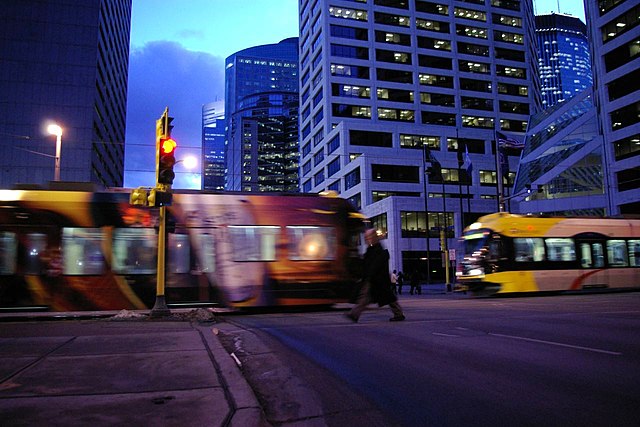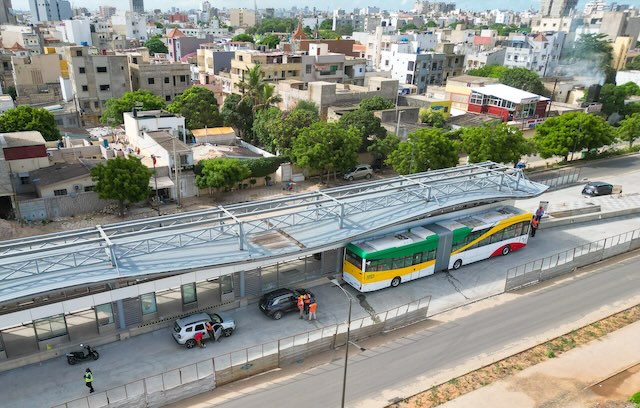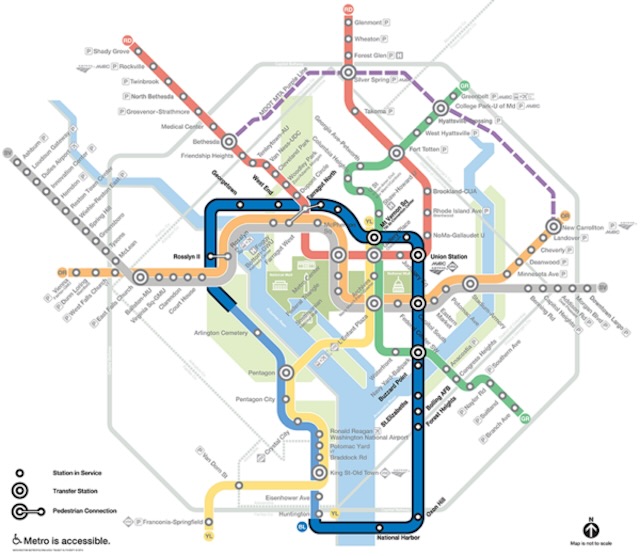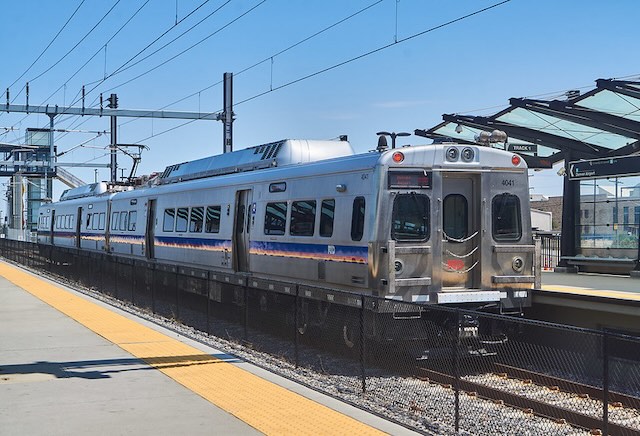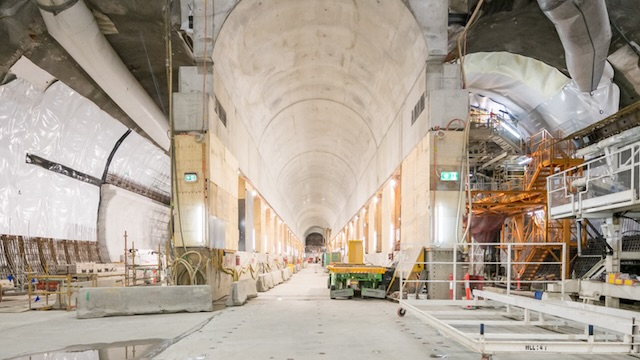I’ve heard there is an election somewhere today, but it doesn’t sound all that important. What is important is that the state of New Mexico recently released a report on the “Cost Effectiveness and Operations of the New Mexico Rail Runner Express.” The most positive finding in the report is that, since hardly anyone was riding the train before the pandemic, the loss of ridership during the pandemic had little impact on the rail line’s finances. Taxpayers provided nearly all of the line’s financial support before the pandemic, and they continue to do so today. The report calls this “financially healthy,” and I suppose it is in the sense that bank robbers are financially healthy until they get caught.
 Click image to download an 888-KB pdf of this report.
Click image to download an 888-KB pdf of this report.
Such financial health will be small comfort to the state taxpayers who spent some $400 million getting the train running and are on the hook for spending well over $40 million a year operating it. The line carried 1.35 million riders in 2009, the first year it went all the way from Albuquerque to Santa Fe, and ridership declined in almost every year since then. By 2019 it was down 45 percent to 744,000. Operating expenses more than doubled during that time but fare revenues declined until they covered just 7 percent of operating costs. Continue reading

